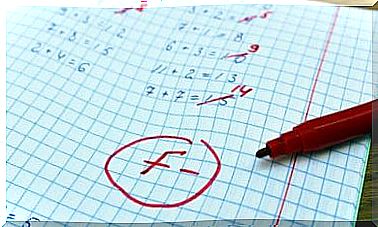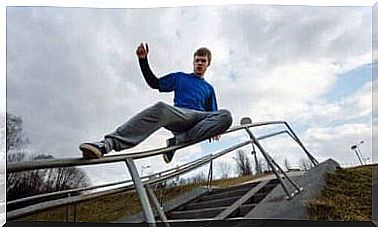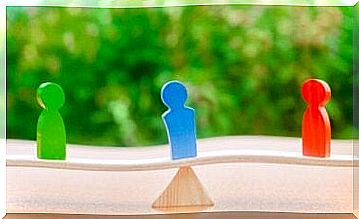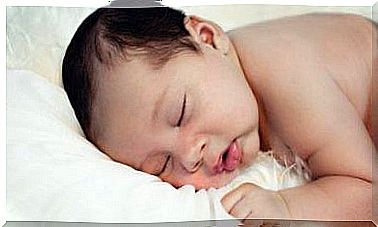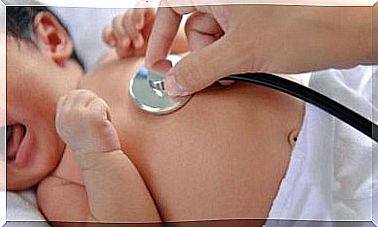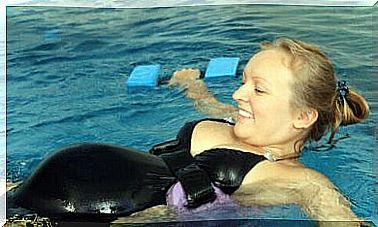Contractions After Childbirth – Being Parents
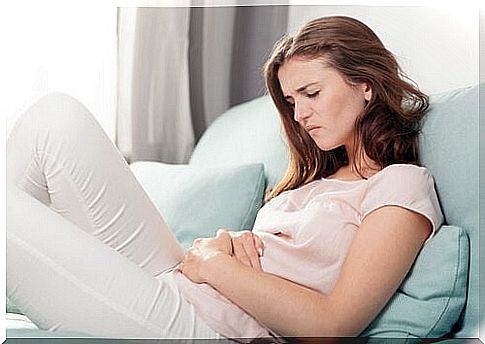
A u during the postpartum period, the female body is experiencing new changes anatomical, physiological and hormonal. Among them is the process of involution of the uterus which can cause postpartum contractions , also called trenches.
In this article, we will consider the nature of the trenches, how they arise and what their role is in the female body.
How do contractions occur after childbirth?
During the nine months of gestation, the uterus of the woman must dilate to allow the growth of the fetus. When the baby is born, the mother’s uterus begins to experience an involutionary process.
Little by little and gradually, the uterus gradually contracts until it regains more or less the size it was before pregnancy.
During this time, many women again experience contractions similar to those they experienced 24 or 48 hours before childbirth. Usually the trenches are concentrated in the lower part of the stomach, but they can extend all the way to the back.
Since the involutive process of the uterus lasts between four and six weeks, the woman will be able to feel the trenches during this period. However, their intensity will be stronger in the first few days and will gradually decrease.
Are the trenches a cause for concern?
In principle, no. Contractions after childbirth are a natural phenomenon and are part of the recovery process of a woman’s body. This is because the trenches facilitate the involution of the uterus, help detach the remains of the placenta and close blood vessels that have remained open after childbirth.
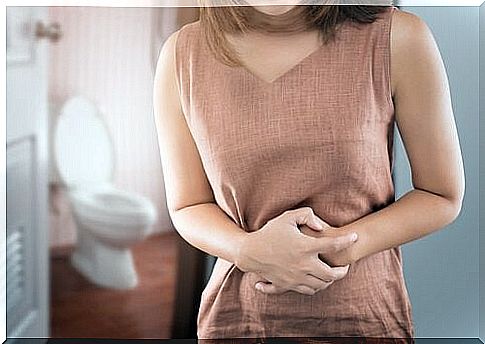
If these contractions did not exist, the uterus would be unable to regain its size and ideal place after birth. In addition, arteries exposed after placental detachment represent a serious risk of bleeding. In addition, the remains of the placenta could facilitate the development of infection in the woman’s body.
However, if the trenches are producing a lot of pain, it is important to see a doctor and not to self-medicate. The professional will then analyze the progress of postpartum recovery. It may also indicate palliative treatment to relieve pain.
Hot water baths usually help ease the pain of contractions after childbirth. On the other hand, the habit of holding back urine enlarges the bladder and puts pressure on the uterus, causing more intense trenches.
Do all women have contractions after childbirth?
Yes, but trenches are generally more frequent or less intense in women who give birth for the first time.
It is estimated that only 5% of them suffer from painful contractions. In contrast, 50% of women experience strong contractions after childbirth from the second child. And 80% of them after the birth of the third.
The process of uterine involution is more painful when there has already been a previous childbirth. This is because the uterus needs more intense contractions to return to its original size.
On the contrary, mothers who give birth for the first time have a rigid uterine fiber. Involution of the uterus is therefore simpler and less rigid.
“5% of women who give birth to their first child suffer from painful contractions. In contrast, 50% of women experience strong contractions after childbirth from the second child. And 80% of them after the birth of the third ”
What is the frequency of the trenches?
Contractions after childbirth are automatic and result from involuntary movements of the uterine musculature. Therefore, the best is to know when and how often they occur.
Nipple sucking by the baby increases contractions after childbirth. When mom breastfeeds, her body releases a hormone called oxytocin, which stimulates muscle fibers in the uterus. Therefore, the trenches are usually stronger and more supported each time the mother breastfeeds her baby.
According to experts, breast stimulation while breastfeeding is extremely beneficial for postpartum recovery.
Indeed, the release of oxytocin accelerates uterine involution and the closure of blood vessels that remain open after placental detachment. This greatly reduces the risk of internal bleeding in the female body.
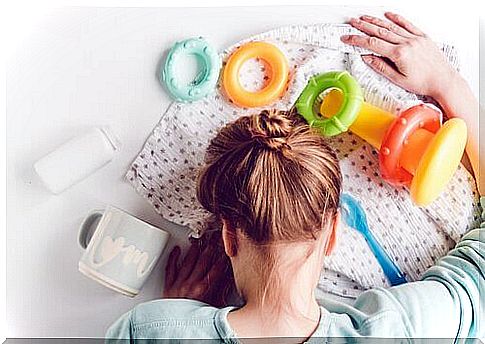
Can we prevent contractions after childbirth?
It is impossible to prevent contractions after childbirth since it is a natural process in our body. Nevertheless, we can strategically train during pregnancy to have less painful postpartum contractions. And more if we have already had several pregnancies.
The best exercises for pregnant women are low impact aerobic exercises and those that build muscle. Walks are also very beneficial for managing weight, improving physical resistance and muscle tone.
Finally, Pilates and yoga can be of great help in strengthening uterine musculature, improving flexibility and regulating cardiorespiratory rhythm. However, it is important to consult the doctor before starting any activity.

